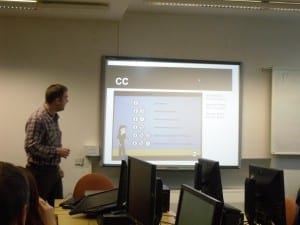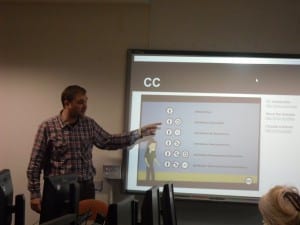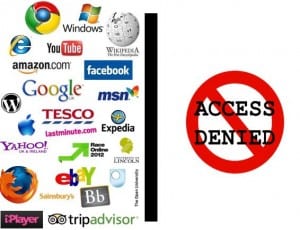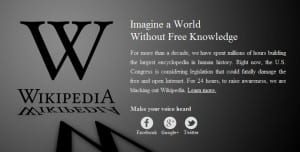HEA have updated Pedagogy for Employability, first published in 2006. The report distinguishes employment as a graduate outcome from pedagogy for employability, where the knowledge, skills and attributes which support continued learning and career development are embedded in the teaching and learning curriculum.
There is no mention in this report of the word digital (as in digital literacies, digital graduate attributes) and only one single mention of Internet which occurs in a list of employers employability skills namely the application of information technology which contains the following: basic IT skills, including familiarity with word processing, spreadsheets, file management and use of internet search engines.
Considering the social impact of the Internet and the prevalence of digital ways of working, it could be suggested this is a low level set of expectations with no mention of the critical evaluation of online content, boundaries between public and personal online identity or behaviour, professional standards with email or the principles of data protection. Employers must prefer employees to demonstrate digital graduate attributes such as these but where are they supposed to develop them?
The JISC Developing Digital Literacies programme recognises the need for embedding them in the curriculum for all staff and students in UK further and higher education, saying ‘many learners enter further and higher education lacking the skills needed to apply digital technologies to education’. Where 90% of new jobs require excellent digital skills, improving digital literacy has become an essential component of developing employable graduates so it’s disappointing to see a 2012 document looking at Pedagogy for Employability where the only digital literacies mentioned are those listed above.
While the soapbox is out, this seems an appropriate point to mention the new Admissions Guidelines for social work students. At a time when the Social Work Reform Board have been reviewing social work education, and the existing QAA Subject Benchmarks for social work offer the best model across the sector for ensuring digital graduate attributes, a new set of competencies have been devised. Future applicants will have to demonstrate they are in possession of the appropriate information technology skills prior to the start of their programme namely they have the ability to use basic IT facilities, including word processing, internet browsing and use of email.
At some point the phrase basic IT skills needs to be redefined to include the commonly used definition of digital literacies namely’ those capabilities which fit an individual for living, learning and working in a digital society’. These are far more than file management, email and the use of internet search engines.



